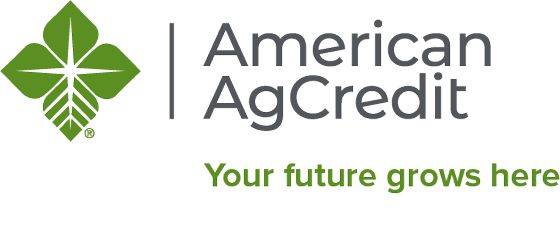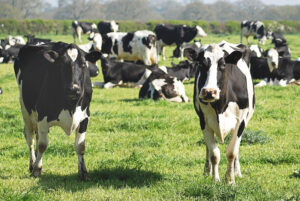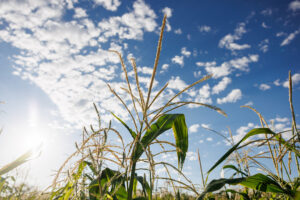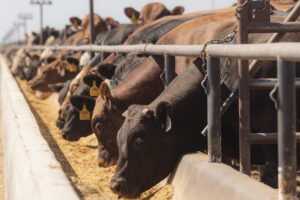Steadily improving prices for most dairy products have spurred a rebound in the industry, which has been reeling from a difficult year in 2018 and the first half of 2019.
- A sustained period of slower milk production coupled with stable-to-improving demand has driven improvement in dairy prices.
- Despite several headwinds for the industry, dairy producers could end the year in a better financial position than at the outset.
When the year began, the United States dairy industry was reeling from a difficult stretch of depressed prices. In the second half of 2019, the nation’s dairy producers have found some financial relief and could end the year in a better position than many were in a year ago.
Steadily improving prices for most dairy products have paced the recovery. In California, Colorado and Kansas, uniform milk prices have increased over 2018 prices in each month of this year. Class III milk prices, a barometer of the uniform price calculation, have also improved in 2019, and currently look strong for the fourth quarter and first half of 2020.
Spot prices for cheese and butter have also improved. Both cheese and butter prices are currently above last year’s levels and well above the 2015 – 2018 average.
Class III milk prices have been a bellwether of the improvement for much of 2019. The nearby price at the beginning of the year was below $14.00 per hundredweight but has steadily increased and now stands above the 2018 average. Most recently, Class III milk prices reached the highest level since 2014. Since the Class III milk price is a barometer of uniform prices, milk checks have also increased. Dairies with strong marketing practices have also been able to capitalize on rising market trends to find financial relief.
What is responsible for the broad uptick in dairy prices? A sustained period of slower milk production coupled with stable to improving demand have pushed dairy prices higher in 2019. Dairy producers rapidly culled their herds in 2018 as the monthly USDA all-milk price declined an average of almost 8 percent from the previous year. Over time, this culling resulted in slightly less-to-stable production. However, during this period total dairy consumption (domestic and exports) has remained fairly strong-to-stable. As such, the industry has eaten through some of its reserves and the price of most dairy products has increased.
In addition to an improving near-term price outlook, many feed input prices have also shown some improvement. For example, feedstuff prices in both California and Kansas have mostly declined or remained stable in 2019.
Likewise, a strong year for alfalfa production has resulted in mostly lower prices in American AgCredit’s footprint. Corn prices have increased as a very difficult planting period and shortened production season has raised supply concerns.
Many dairies reported that labor costs have risen in 2019. A tight labor market has driven unemployment rates to historical lows in much of American AgCredit’s territory, which has led to increased operating costs for many dairies. For example, the August unemployment rate of 4.1 percent in California is the historical low of the Federal Reserve data set that begins in the mid-1970s. For dairy producers with extra capital, many are continuing a push to automate their operations out of necessity and concern that labor costs will continue to rise.
While the industry continues to fight headwinds in the form of economic uncertainty, competition for new trade territory, high corn prices, plant-based alternatives, water use issues and limited labor availability, many dairy operations could end 2019 in a better overall position. Prices for many dairies products have improved this year, and in the very near-term those price outlooks appear mostly favorable. Input costs for feed and alfalfa have declined somewhat or have been stable which help support better margins for producers. While there is a considerable amount of ground to be recovered from a difficult 2018 and early 2019, a bit of positive news in a subdued industry has been welcome.
LEARN MORE
To learn more about financial services tailored for your dairy operation, visit our contact page or call us today at 800.800.4865.
Disclaimer: This material is for informational purposes only and cannot be relied on to replace your own judgment or that of the professionals you work with in assessing the accuracy or relevance of the information to your own operations. Nothing in this material shall constitute a commitment by American AgCredit to lend money or extend credit. This information is provided independent of any lending, other financing or insurance transaction. This material is a compilation of outside sources and the various authors’ opinions. Assumptions have been made for modeling purposes. American AgCredit does not represent that any such assumptions will reflect future events.



